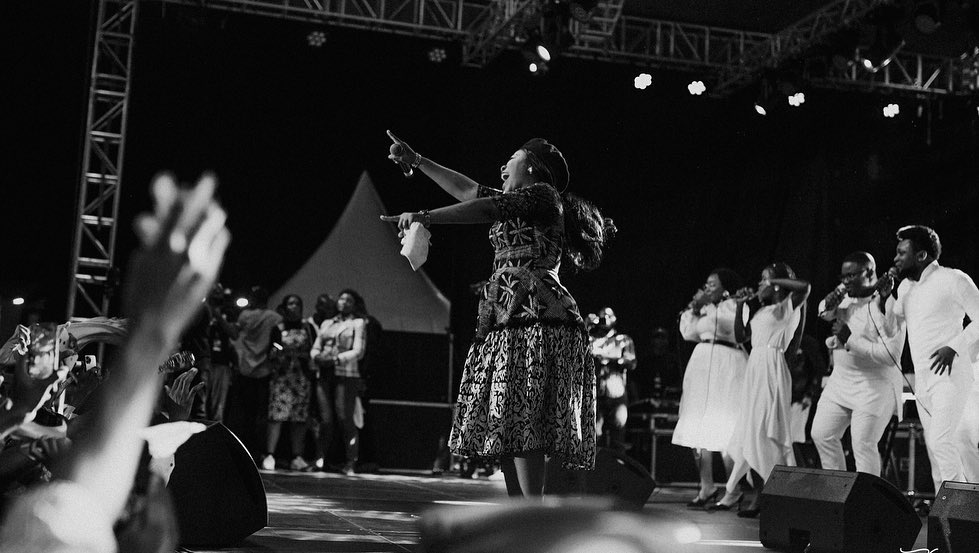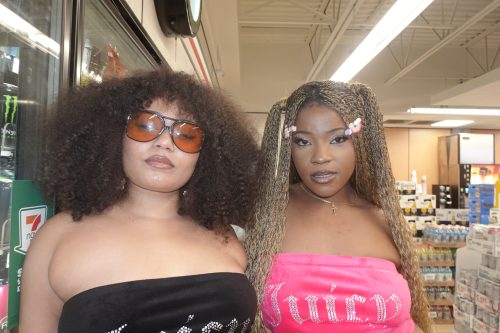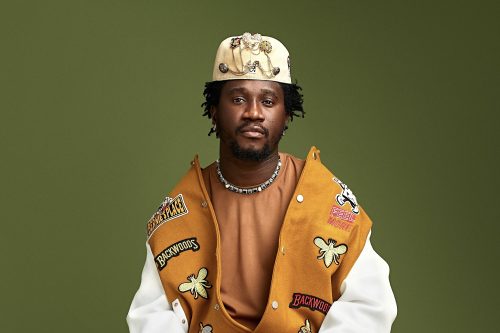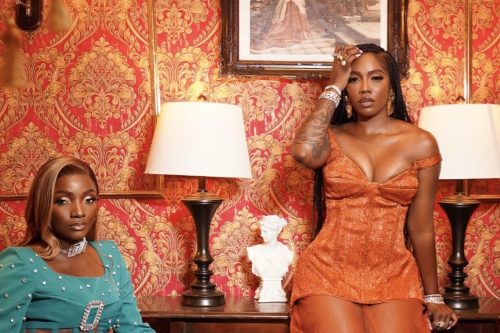The first time I witnessed singers like Angeloh and Aigbeh D’gong perform, it was electrifying, as if Wizkid or Davido had appeared on stage. The transformation of the Nigerian gospel scene and the mighty swag these gospel artists inject into their music, with a message that is as clear as a crystal that “Christians can be cool too, our music can also have that euphoric feel,” were both evident in the vibrant energy these artists possessed.
We’re not saying that gospel music has suddenly changed and fallen into the category of “jigginess,” but rather that a lot of innovative artists who are going down the gospel road are experimenting with sound and giving us a lot more than the typical choreographic patterns that songs from the 2010s and 2000s used to provide.
Gospel music has discovered its potential and decided to branch out into other genres, including R&B, soul, jazz, rock, afrobeats, and even amapiano, much like a butterfly that has finally reached its peak growth. As Omo Baba lingers on the typical chords of gospel music, we can’t help but attest to the wonderful sync of gospel with amapiano, including abundant use of Yoruba language as an appraisal to the celestial one. The Spirit of Prophecy crew’s release of Omo Baba was such an exciting moment. I know what you must be thinking: they’re like the Midnight Crew for the gen z, who gave us the most incredible childhood with their dewy gospel melodies.
Glory To The King (G2DK), another single from Spirit of Prophecy released in 2022, is just as catchy. While one might not have expected log drums to elicit such ecstasy from a gospel song, this group’s experimentation skills in musicality allowed them to infuse our bodies with the drive to dance as if it were a secular concert. Omo Baba is one of those amapiano jams that certain parties play for fun, and an even more entertaining aspect is that everyone gets to boogie to it because it’s such a beautiful song.
Let’s discuss Aigbeh D’gong’s attempt at trap music with the song Zerubbabel. The song is not only a classic trap gospel, but when the singer performs it live, it also exudes a raucous party atmosphere. He engages the crowd with unrivalled excitement illustrates how gospel music with creative instrumental arrangements can make people want to dance.
Going even further back to the days when gospel performers like Tope Alabi, Lara George, and Midnight Crew, among others, provided us velvety gospel tunes that we truly appreciated while drowning in the pleasure of choreographed dance moves their songs would bring us. While some of them, like Midnight Crew and Lara George, began to lose their edge as the years went by, others, like Tope Alabi, showed no signs of ever giving up on her artistic endeavours. The female musician is still admired for her beautiful music and her capacity to conjure up such evocative emotions.
The constant effort gospel singers put forth and their healthy flourishing in what they do are topics we don’t get to discuss enough. If you look closely, there is no comparison between one artist and another or any attempt to determine which artist’s music is superior, let alone any attempt to defend the quality of an individual song. Each gospel performer has a loyal following, and this loyal following rocks the boat with them.
We have recently noticed how frequently Victor Thompson’s This Year (Blessings) featuring Ehis D’Greatest has appeared on our screens while watching MTV Base’s repetitive Best of Spanking New for this week. This shows how mainstream gospel singing is becoming and how it can be incorporated into our everyday secular music.
In actuality, Sinach is to be given credit for the power of gospel becoming main stream. When she released I Know Who I Am, Nigeria as a whole quaked; the song rapidly became an anthem, and even someone without access to a phone could wilfully chant the chorus.
While having its origins in the church, the gospel isn’t restricted to its four walls; it permeates mainstream culture in many ways, and the purity of its message is deeply ingrained.
The creative development of female artists in an already male-dominated field, the internet’s promotion of gospel music, and the rising frequency of concert events all point to the contemporary face of today’s gospel music becoming increasingly prevalent. ‘The Experience’ concert, which is popular and held annually, has an astounding turnout of audience, which serves as evidence of the mighty growth of gospel, though it might not be promoted as one of the usual December flex concerts, this concert still holds up to a very large extent, staggering attendees.
We find it encouraging watching the number of Gen-Z gospel musicians grow. The genre is no longer dominated by millennials and toddlers who produce gospel rhymes; instead, Gen-Z artists are now widely dispersed throughout the gospel landscape and have the power to appeal to younger audiences.
Every time we take a turn in the online world, gospel music somehow swoops in, and this is undoubtedly a sight to behold. We recognize the heroic efforts of artists like Greatman Takit, Aigbeh D’gong, and others who are demonstrating the dexterity of gospel music, thinking outside the box, and showcasing greatness with their talents, as well as artists like Dunsin Oyekan, Mercy Chinwo, and Nathaniel Bassey, among others, who are major forces in this industry.












Leave a Reply